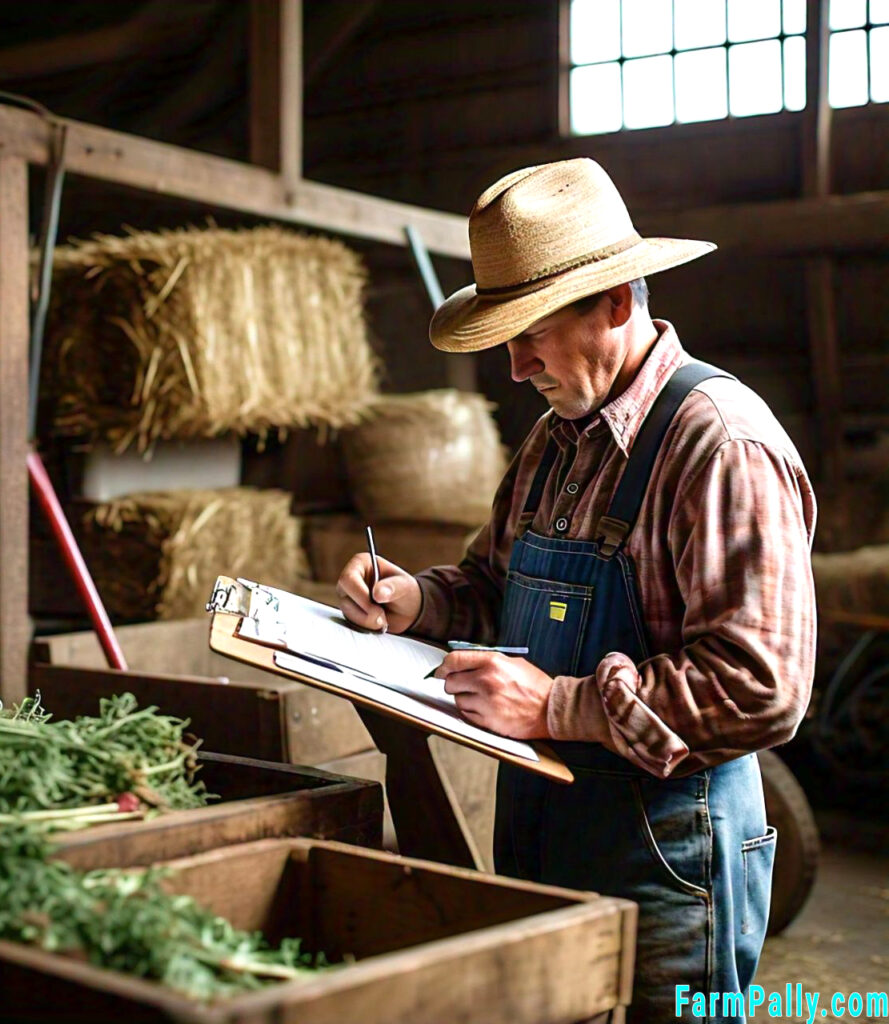Keeping track of your farm inventories is essential for efficient farm management.
To maximize your time, and increase productivity, you can keep your farm records on computer programs, while you use Smart Labels stickers to track your stored items on the farm.
Steps to keeping your farm inventories
Categories and organize your inventory
There are different inventories on the farm. The first step is to categorize them. For example, you can have livestock, crops, seeds, fertilizers, machinery, equipment, etc.
This will help you maintain a clear understanding of what you have on hand.
Organize your stocks in containers, boxes, or any storage, and create separate sections or storage areas for each category to ensure easy access and organization.
Develop a Tracking system
Establish a system to track your inventory. You can use spreadsheets, inventory management software, or specialized farm management apps to keep records.
However, rather than using inventory management software that’s costly to track all of these stocks, you can use QR-enabled stickers to track the items, they are cheaper than software and easier than spreadsheets.
Set up inventory records
Create an inventory record for each item in your chosen system. With the Smart Labels QR inventory system, you can make your online inventory management easy.
Smart Labels QR code and color-coded stickers come in 48 pieces. Tag each item container and make sure the stickers stick very well.
Scan the QR code with your Smart Labels app, and make sure it’s downloaded from the Google Play store or Apple store, and not from APK app directories.
Once the scan is successful, include important information such as the title you want to give to the storage box, input the items in the box, quantity, add pictures of the item(s), and any other relevant details.
Once this is done, you can start tracking and managing your organized inventories.
You can also update your inventory records: It’s crucial to keep your inventory records up to date.
Whenever you make changes to the item’s location, update the corresponding records accordingly.
Launch the app, search the item and you’d get the label ID, and details about the specific box, including the color of the sticker in the box.
It’s far cheaper than the cost of inventory management applications. While the Smart Labels app is limited in inventory management, it does the work to track the location of your storage boxes and bins.
Implement a tracking system
According to Businesspally, you must use a consistent method to track the movement of inventory items.
When items are sold, deduct them from the inventory record. When new items are acquired or produced, add them to the inventory record.
This tracking system will help you understand the flow of your inventory and identify any discrepancies or potential issues.
Conduct periodic inventory audits
Schedule regular inventory audits to physically count and verify the quantities of items on hand.
Compare the physical count with your digital inventory records to identify any discrepancies.
These audits help ensure accuracy and uncover any issues, such as theft, loss, or incorrect recording.
Monitor expiration dates
If you have inventory items with expiration dates, pay close attention to them.
Implement a system that tracks the expiration dates and alerts you in advance when items are approaching expiration. This will help prevent wastage and ensure you use items before they expire.
Analyse inventory data
Utilize the inventory data to gain insights into your farm’s operations. Analyse trends, identify high or low-demand items, determine optimal ordering quantities, and make informed decisions based on inventory information.
This analysis can help you optimize your inventory management and reduce costs.
Remember, effective farm inventory management requires regular maintenance and attention.
Stay organized, update your records promptly, and monitor your inventory closely to ensure a well-managed and efficient farm operation.








